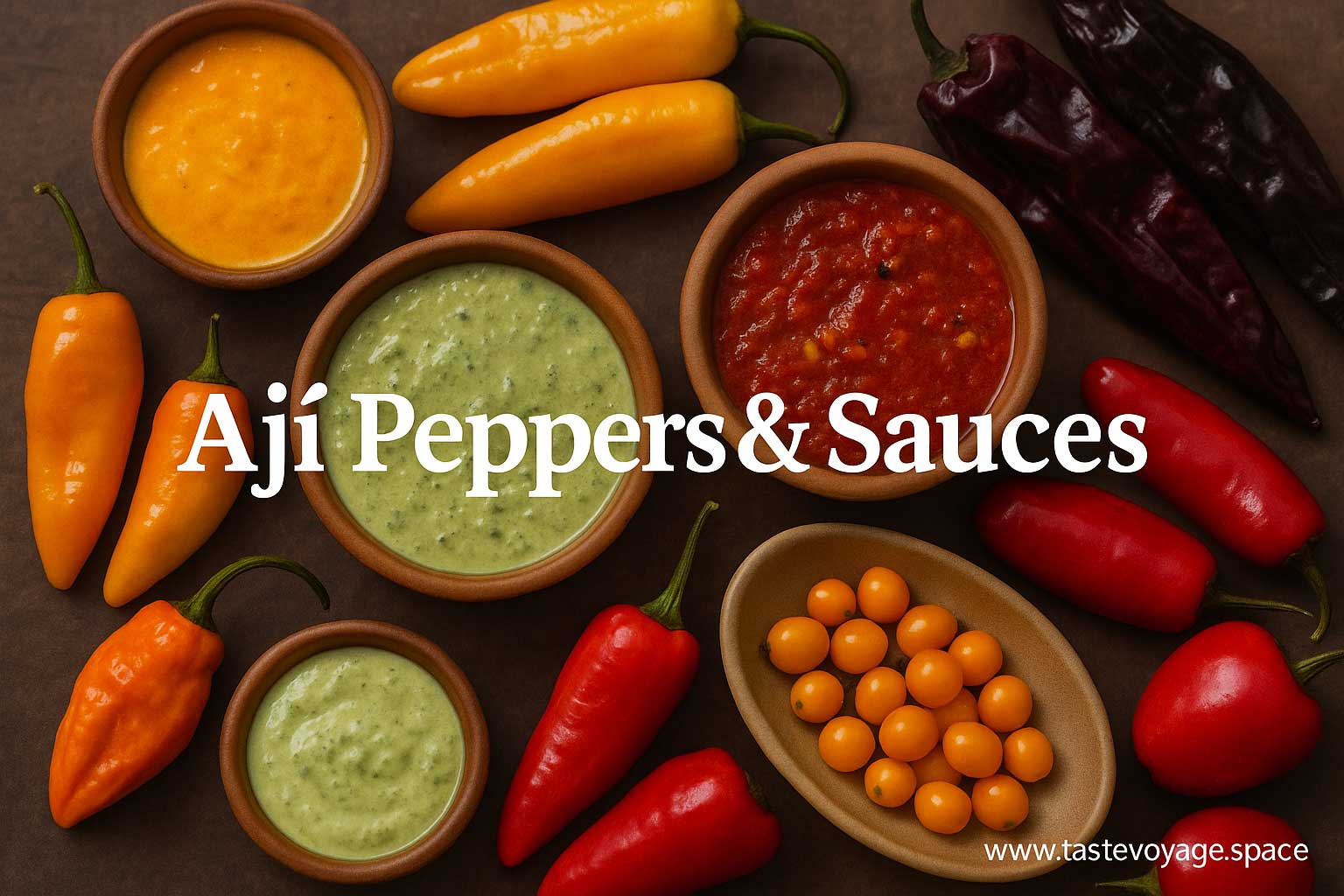Ají Pepper: History & Origins of the Spicy Classic
Travel the World Through Food >> Ají Peppers & Sauces>>Peruvian cuisine>> Ají Pepper: History & Origins of the Spicy Classic
Ají Pepper: History & Origins of the Spicy Classic
Discovering Ají Pepper: A Rich Heritage in Culinary Culture
The Ají pepper is more than just a spicy ingredient; it is a vibrant symbol of cultural identity and culinary artistry in many Latin American countries. Its bold flavor and fiery heat have captivated taste buds for centuries, making it a staple in traditional dishes. In this exploration, we will delve into the fascinating History and origins of the Ají pepper, celebrating its importance in culinary heritage.
The Origins of Ají Peppers
Ají Peppers belong to the Capsicum genus, originating from the Americas. Archaeological evidence suggests that indigenous peoples cultivated these peppers over thousands of years ago. The earliest domestication of Ají peppers took place in regions that now encompass modern-day Central and South America. These peppers quickly became vital not only for their flavor but also for their preservative qualities and nutritional benefits.
Throughout history, different varieties of Ají peppers developed unique characteristics suited to local climates and culinary preferences. From the small, intensely spicy Ají Chile to the larger, milder types, each has its own place in regional cuisine. Their diversity highlights their adaptability and significance across various communities.
Cultural Significance of Ají
Ají peppers hold a profound place in the cultural fabric of many Latin American societies. They are woven into traditional ceremonies, festivals, and everyday life. Their bright colors and fiery taste symbolize vitality and community spirit. In many regions, the cultivation and harvest of Ají peppers are celebrated as an essential part of local traditions.
Moreover, Ají peppers are often regarded as a culinary gift that connects generations. Recipes passed down through families showcase the importance of this ingredient, preserving heritage and fostering a sense of pride. Its presence in dishes represents more than flavor; it embodies history, identity, and a shared cultural experience.
Culinary Significance of Ají
In the culinary world, Ají peppers are prized for their versatility and flavor complexity. They add depth and heat to a wide range of dishes, from sauces and salsas to stews and marinades. The peppers can be used fresh, dried, or ground into powders, making them adaptable to various cooking styles.
The distinct aroma and fiery punch of Ají peppers elevate Traditional Recipes, offering a sensory experience that celebrates regional flavors. Chefs and home cooks alike value Ají for its ability to brighten dishes and add a distinctive touch that is instantly recognizable. Its culinary significance extends beyond flavor; it is a symbol of regional authenticity and culinary ingenuity.
Celebrating Ají in Modern Cuisine
Today, Ají peppers continue to inspire contemporary chefs and food enthusiasts around the world. They serve as a bridge between tradition and innovation, inspiring new culinary creations that honor their heritage. Whether used in classic recipes or modern fusion dishes, Ají peppers remain an essential ingredient that celebrates the rich culinary history of Latin America.
In conclusion, the Ají pepper is much more than a spicy ingredient—it is a cultural treasure that embodies history, tradition, and culinary artistry. Its vibrant history and vital role in regional cuisine make it a celebrated symbol of the enduring spirit of Latin American food culture. As we appreciate its flavor and significance, we embrace a tradition that continues to excite and inspire chefs and food lovers worldwide.
